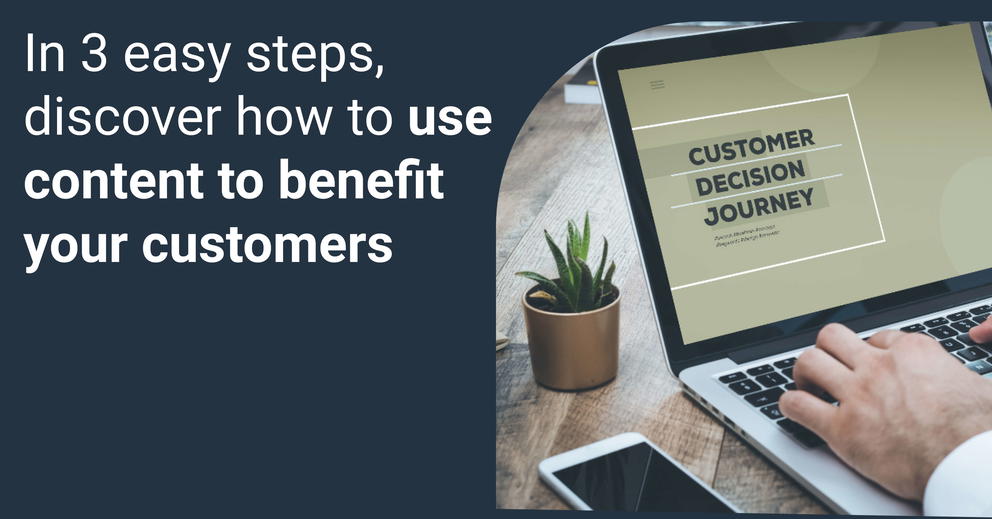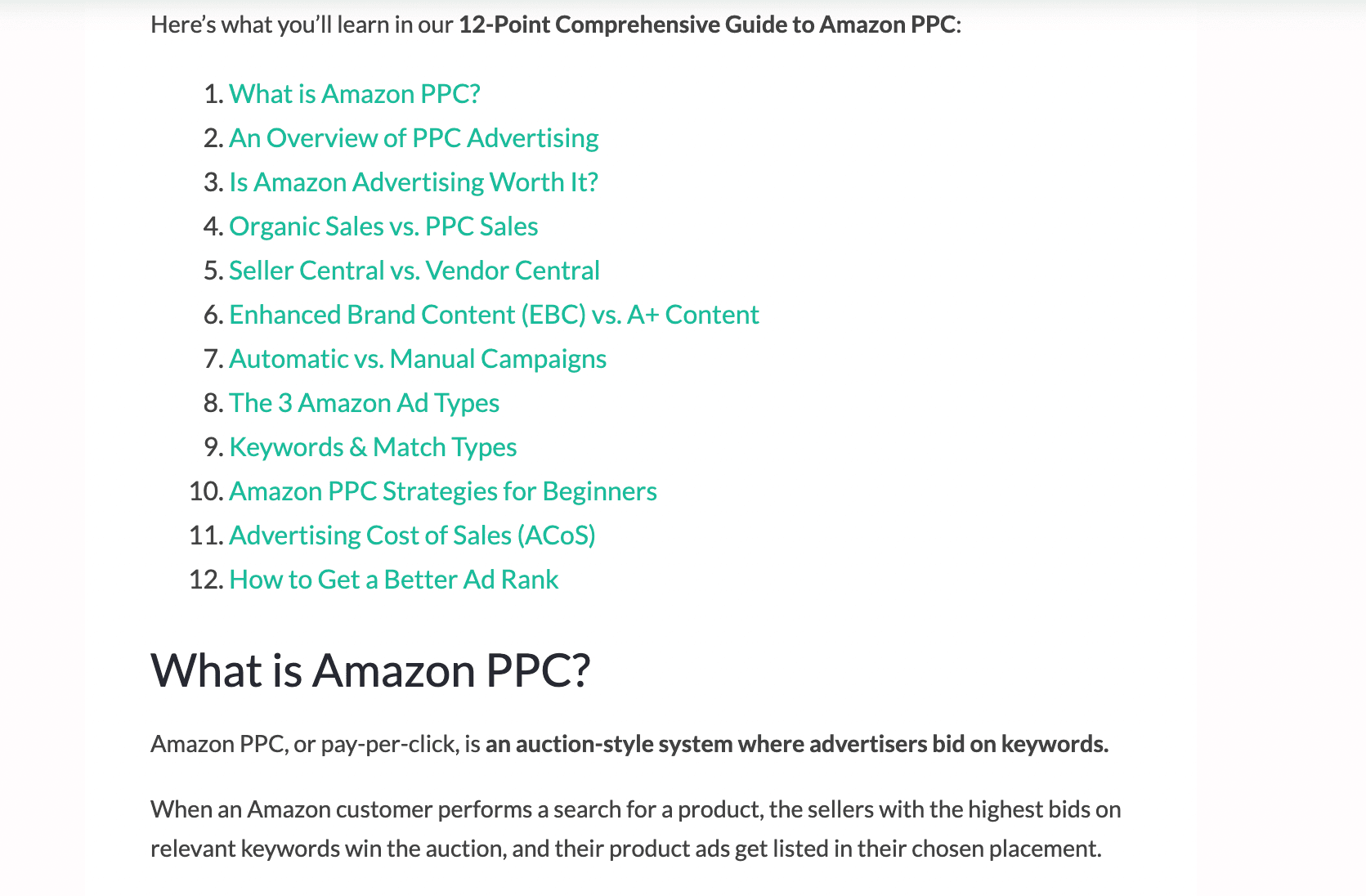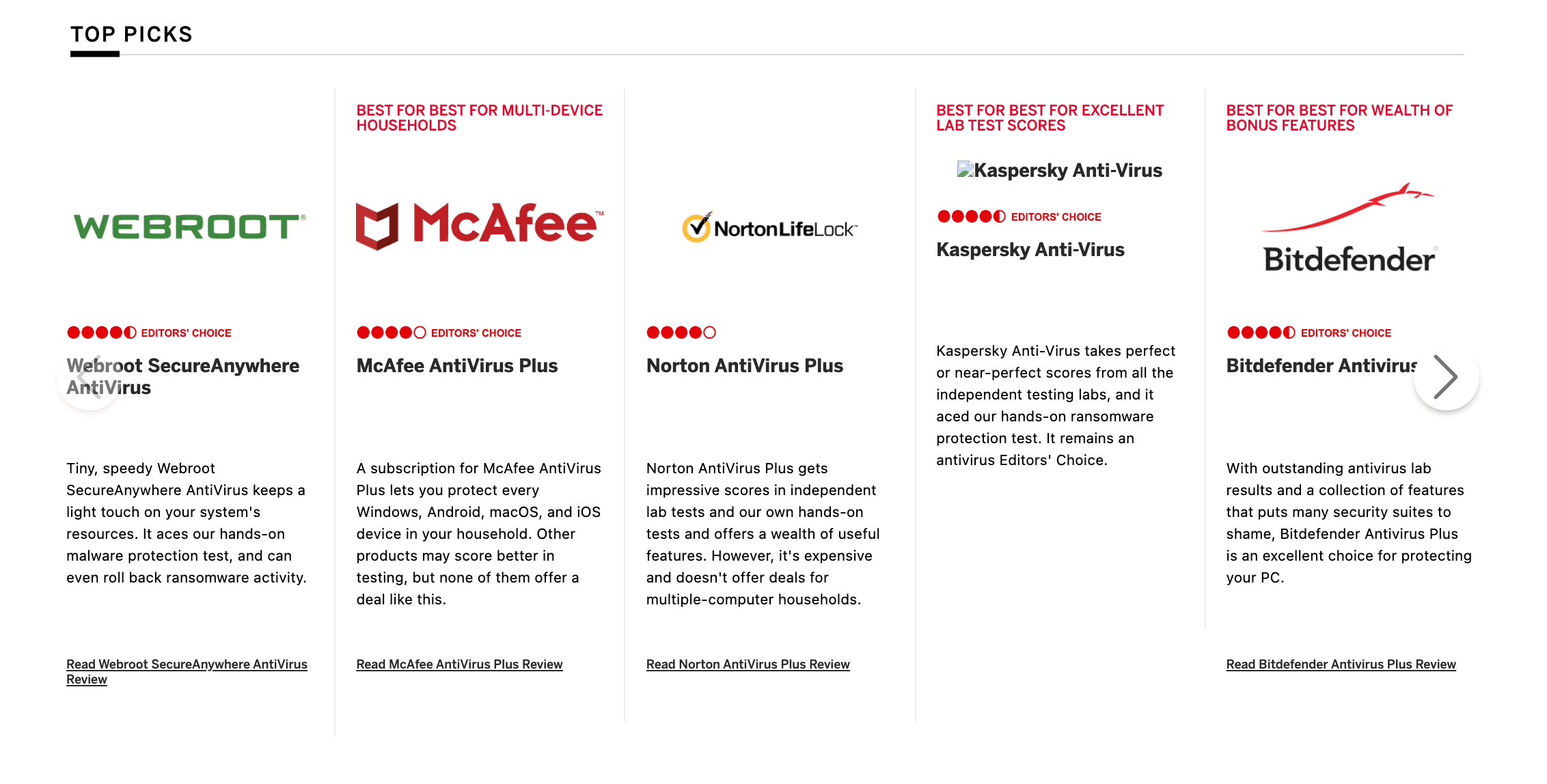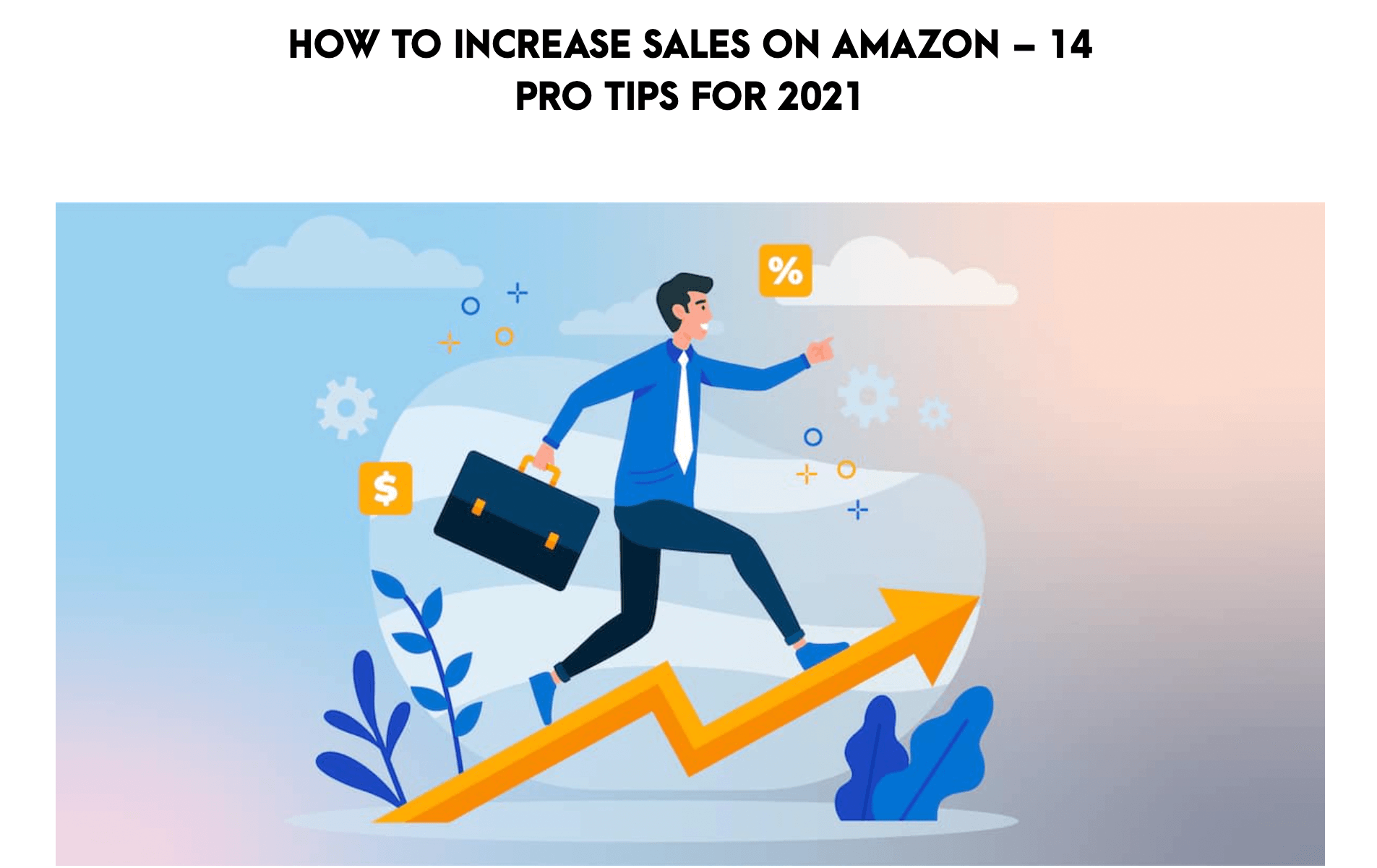How to Create Content for the Entire Customer Journey
As a content marketer, you'll want to align each piece of content to a particular stage of the customer journey. It ensures that your valuable content converts leads and delights customers. In this post, we'll discuss the importance of value-adding content at each stage of your funnel and how to optimize it.

Jul 21 2021●9 min read

Understanding Customer Journey Marketing
Customer journey funnels most often consist of three stages: top, middle, and bottom. Users start out as leads at the top. Then they’re moved downwards and come out of the funnel as converted customers.
There is no rule, however, that says a customer can’t be converted at the top of the funnel. Likewise, their first point of contact with your brand can be through a bottom-funnel piece of content.
In the most general terms, this is what each stage looks like:
Awareness Stage
The top of the funnel is home to people who are aware of a certain problem or pain but have not yet found a solution for it. In other words, they are shopping for a solution and can be swayed by a variety of different brands.
For example, they want to start selling products through Amazon, and they’re looking for the best tools that can help them succeed. Or, they may be in the market for a new toothbrush.
Consideration Stage
The middle of the funnel is reserved for those who are aware of not only the problem but also the possible solutions. They realize what options they can choose from and are now considering the solution that will work best for them.
These are the people launching an Amazon store who know they will need a tool to help them keep track of their stock, a repricer tool, a bookkeeping tool, and so on. If they are shopping for a toothbrush, they may already know they want an extra soft one.
Conversion Stage
At the bottom of the funnel, leads are also aware of the providers. They have already done some research or maybe they’ve been served an ad. They now know what they want, what they are expecting to get, and they’re ready to become a paying customer.
Support/Education Stage
The fourth stage of the funnel, or technically the first stage of the post-funnel experience, is often completely ignored.
However, it’s just as important as the previous ones, if not more so. Given the fact that acquiring a customer is five times more expensive than retaining them, you want to make sure you also inspire plenty of brand loyalty.
Offering stellar customer support is vital here. Also, provide educational content that will help converted customers make the most of your product or service and keep enjoying it long after they’ve initially converted.
Understanding Content at Each Stage of the Funnel
Top-of-the-funnel content is meant to capture the attention of a customer who is not yet aware of your brand. Perhaps they may have heard of you, but they’ve never done business with you before.
The content you produce for this stage needs to be, above all else, informative. You want to let your leads know you are aware of their problem, perhaps that you even sympathize, and then point them further down to the solution awareness stage.
A great example of top-level content is this post by Rei. It offers general and valuable information on choosing base layers, and it does not even try to convert a reader. There are no CTAs and no product links. In fact, they don’t even mention their products. However, a reader may decide to browse the website further and see what they might be able to purchase.
Mid-funnel content is meant to engage your audience and to ideally capture their contact information. This is where you try to position your solution as the best on the market.
To achieve that, you need to start getting more personal. Tell your readers what it is you offer, how you can help, and what they can expect from your service or product.
Take this post from Aura. It will be found by an audience who are already in the market for a repricer, so they don’t need to be convinced that it’s a good option. They just need to be told the difference between the different options.

image source: goaura.com
On the other hand, this post from LandingCube lists a repricer as one of the options, but the post is about increasing sales, not about repricers. More of a top-funnel post. It also lists a bunch of other tools but manages to position the brand’s own solution as one of them, and the best one in the category as well.
image source: landingcube.com
Finally, bottom-of-the-funnel posts have a very clear purpose: sign up, make a purchase, convert. These posts are meant to overcome any residual objections a lead may have, and convince readers to make a commitment.
This post from Ahrefts is all of that to the n-th degree. It clearly established the brand as the best solution for a wide range of problems, and it’s purely self-promotional. You don’t have to take matters that far, though. You can be less sales- and more solution-focused.
As for the support stage, your main goal is to ensure your content is enjoyable and that it provides another layer of education. You want your customers to deepen their relationship with your brand, so you can point out other products or services they may like and how to make the most of the ones they’ve already purchased. Exclusive tips and insights are warranted.
How to Really Add Value to Your Content at Every Stage
Now that we’re well-acquainted with the customer journey and what content needs to accomplish at each stage, let’s take a look at the best ways to ensure you are providing the value that will set you apart from the competition.
Keyword Research for Every Stage
Every successful piece of content begins as a keyword. If you want people to find your content, you first need to ensure the topic is something people search for. After all, writing the most amazing and informative post about a topic no one apart from yourself is interested in will not lead to any conversions. If you know the right keywords, AI tools can make your content writing job even easier and quicker.
Bearing in mind the interests and awareness stages of your target audience, hunt down keywords that have a decent search volume that you’re actually able to rank for. What you can rank for will depend on a variety of factors, including:
- your domain’s rating
- the number of backlinks you have pointing back to it
- how good you are at generating links and clicks
Outline the Entire Journey
To retain your customers for as long as possible and make their journey down your funnel an enjoyable experience, focus on outlining the entire customer journey.
You want to get your customers to envision how they will be getting from point A to point B – i.e., from where they are now, faced with a problem, to the near future where your product or service can make their lives easier or more fun.
Provide a Roadmap for the Beginners
When you’re speaking to your top-of-the-funnel audience, make them feel understood and less like complete noobs. This is especially important if your niche and industry specialize in solutions that aren’t common knowledge.
Readers often feel a bit silly and insecure when they are researching a topic for the first time, especially if the posts they come across are not truly beginner-friendly. By providing a true lay of the land and explaining all the finer details of an issue to your readers, you will instantly gain extra brownie points.
Here’s a post from Ad Badger on Amazon and PPC as our example. Its readers are just learning about pay-per-click advertising, and they will highly appreciate the detail the post goes into. As they don’t know what the solutions are (they may not even be sure about the problems), you don’t want to offer them any. For starters, just establish yourself as a helpful resource they can turn to again.

image source: adbadger.com
Divert the Attention to Your Brand
If you find yourself surrounded by competitors who are much more famous and likely to attract attention, you want to cleverly divert their attention to your solution. Make your readers aware of the issues involved with the recognizable brand and put yourself forward as the better choice.
This may not be possible for everyone, but if you can pinpoint a facet your brand does better than a more famous competitor, don’t fail to utilize it.
Comparison Tables Are a Great Choice
To add more value to your posts, try inserting comparison tables when and where appropriate. They are not only super-helpful but also very easy to digest. At a glance, they can provide all the information someone needs to be able to make a decision.
Pricing pages are usually the ones that benefit the most from this feature.
When it comes to blog posts, this post features one of the best examples of the use of comparison tables on the internet. Both the Pros and Cons and the Compare Specs sections are incredibly valuable and easy to take in. They’re part of the reason PC Mag is the popular resource it is.

image source: pcmag.com
Overcome Objections About Yourself
Unless your brand is a household name (and even if it is), there will be leads who have worries and questions about your product or service. They may be uncertain if it will work for their particular problem, for instance.
By writing content that overcomes these objections, you will be acknowledging the fears of your customers as legitimate. By addressing them and providing a detailed solution or answer, you will establish yourself as a brand that can be trusted.
Provide Extra Support
Finally, you also want to make sure there is plenty of supporting content about your product or service. You can then include it in your newsletter as well.
This type of content can go into detail about your tool, for instance. It can also explain how to use others in conjunction with your own solution to get the best possible results. Don’t be afraid to direct traffic to other brands, as long as they are not your direct competitors.
Final Thoughts
Modern-day readers and customers are more educated and more aware of their options. They’re more apt at using search engines to find solutions to practically all of their problems – or at least those that can be solved by making a purchase. Your content needs to be able to keep up with these kinds of consumers.
You can hope to convert more leads only by providing real value and fresh, useful information. Our customer journey content marketing guide has hopefully set you off on the right track.

WRITTEN BY
Indrė Jankutė-CarmaciuIndrė is a copywriter at Whatagraph with extensive experience in search engine optimization and public relations. She holds a degree in International Relations, while her professional background includes different marketing and advertising niches. She manages to merge marketing strategy and public speaking while educating readers on how to automate their businesses.
